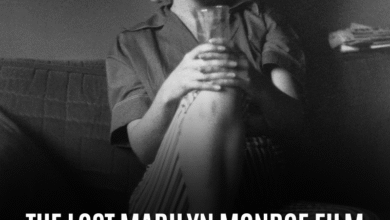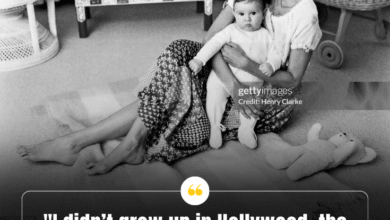How Marilyn Monroe’s Throaty Vocals Shaped the Sound of Modern Pop in 2025!
OPINION: This article may contain commentary which reflects the author's opinion.
Six decades after her passing, Marilyn Monroe’s influence on popular culture remains undeniable—and in 2025, her impact on modern pop music is more powerful than ever. While Monroe is most often celebrated for her iconic screen presence, her distinctive, throaty vocals have quietly shaped the sound of today’s pop landscape, weaving their way into the very fabric of a generation’s musical identity.
Known for her breathy, intimate performances in classics like “Diamonds Are a Girl’s Best Friend” and the unforgettable “Happy Birthday, Mr. President,” Monroe perfected a vocal style that conveyed both sensuality and emotional vulnerability. Her soft, husky tones—honed through careful coaching and a deep admiration for jazz legends like Ella Fitzgerald—pioneered a form of emotional storytelling through voice that broke away from traditional, more forceful singing techniques.
Fast forward to 2025, and Monroe’s influence can be clearly heard in the continuing dominance of “whisperpop,” a vocal trend characterized by soft, breathy intensity. Artists such as Billie Eilish and Ariana Grande have embraced this style, crafting songs that prioritize emotional closeness and vulnerability over technical bravado. As The Guardian has noted, whisperpop’s conversational delivery style finds its roots in Monroe’s legacy, blending a sense of fragility with quiet power.
The direct homages to Monroe’s style over the years further underline her enduring musical footprint. Madonna’s iconic “Material Girl” video directly referenced Monroe’s glamorous performance in Gentlemen Prefer Blondes. Lana Del Rey’s sultry “National Anthem” video and Lady Gaga’s Paparazzi aesthetic both paid tribute to Monroe’s haunting blend of glamour and sadness. Even artists like Mariah Carey and Gwen Stefani have echoed Monroe’s breathy vocal delivery in songs that channel intimacy and longing.
Beyond the visuals, Monroe’s vocal techniques—marked by a limited but expressive range and a deliberate embrace of vulnerability—have subtly informed the emotional storytelling approach favored by contemporary stars like Taylor Swift and Harry Styles. Today’s top singers often favor textured, whispery vocals to convey emotional authenticity, a method Monroe helped pioneer by making the imperfections in her voice a core part of her charm.
Marilyn Monroe’s cultural relevance in 2025 is not just about nostalgia; it’s about the emotional language of modern pop. In a music landscape where authenticity, vulnerability, and connection are prized above polished perfection, Monroe’s soft, throaty voice resonates louder than ever. She demonstrated that singing could be as much about feeling as it is about technique—and modern artists are still taking notes.
In short, Marilyn Monroe didn’t just leave behind iconic images—she left behind a sound, one that continues to pulse through the heart of pop music, quietly yet unmistakably influencing the stars of today.


